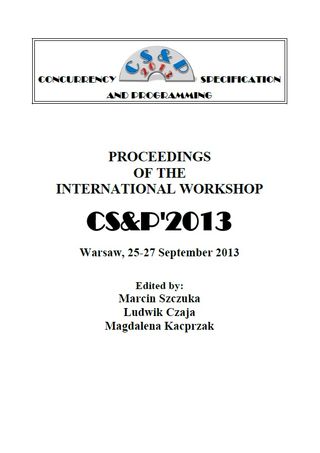?
Discovery of Cancellation Regions within Process Mining Techniques
Process mining is a relatively new field of computer science which deals with process discovery and analysis based on event logs. In this work we consider the problem of discovering workflow nets with cancellation regions from event logs. Cancellations occur in the majority of real-life event logs. In spite of huge amount of process mining techniques little has been done on cancellation regions discovery. We show that the state-based region algorithm gives labeled Petri nets with overcomplicated control flow structure for logs with cancellations. We propose a novel method to discover cancellation regions from the transition systems built on event logs and show the way to construct equivalent workflow net with reset arcs to simplify the control flow structure.
In book
